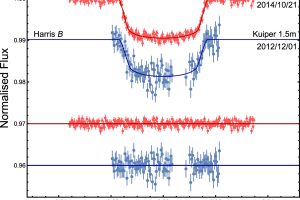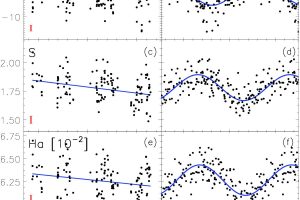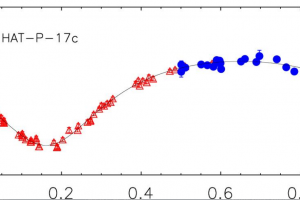Presentata una stima accurata dell’inclinazione orbitale di 5 esopianeti. Pubblicato su A&AS lo studio “The GAPS programme with HARPS-N at TNG XVI. Measurement of the Rossiter–McLaughlin effect of transiting planetary systems HAT-P-3, HAT-P-12, HAT-P-22, WASP-39, and WASP-60” di L. Mancini (Università di Roma Tor Vergata)

di Mario Giuseppe Guarcello ( segui mguarce) La scoperta degli esopianeti gioviani caldi (pianeti di dimensioni gioviane in orbite molto strette attorno alla propria stella) ha rivoluzionato le teorie sul processo di formazione planetaria. E’ ancora argomento di dibattito se questi pianeti si siano formati nelle orbite attuali o a distanze maggiori dalla stella centrale, per poi migrare
» Read more


